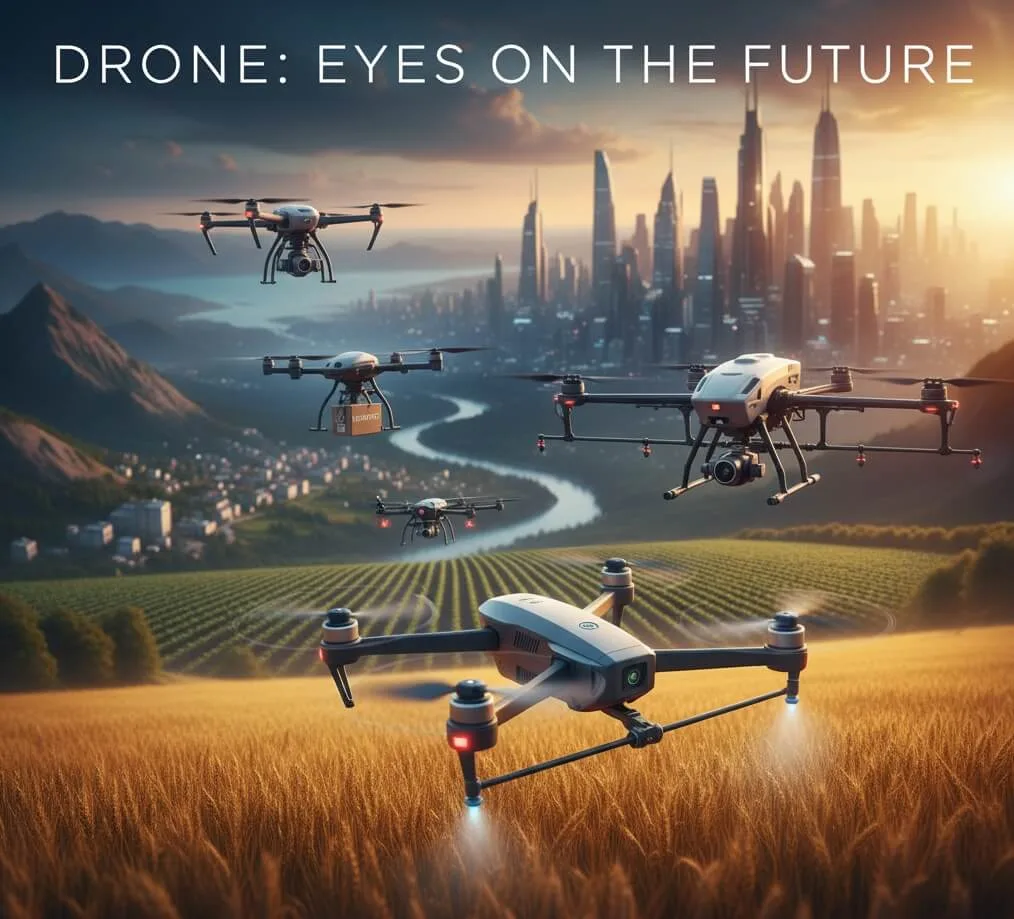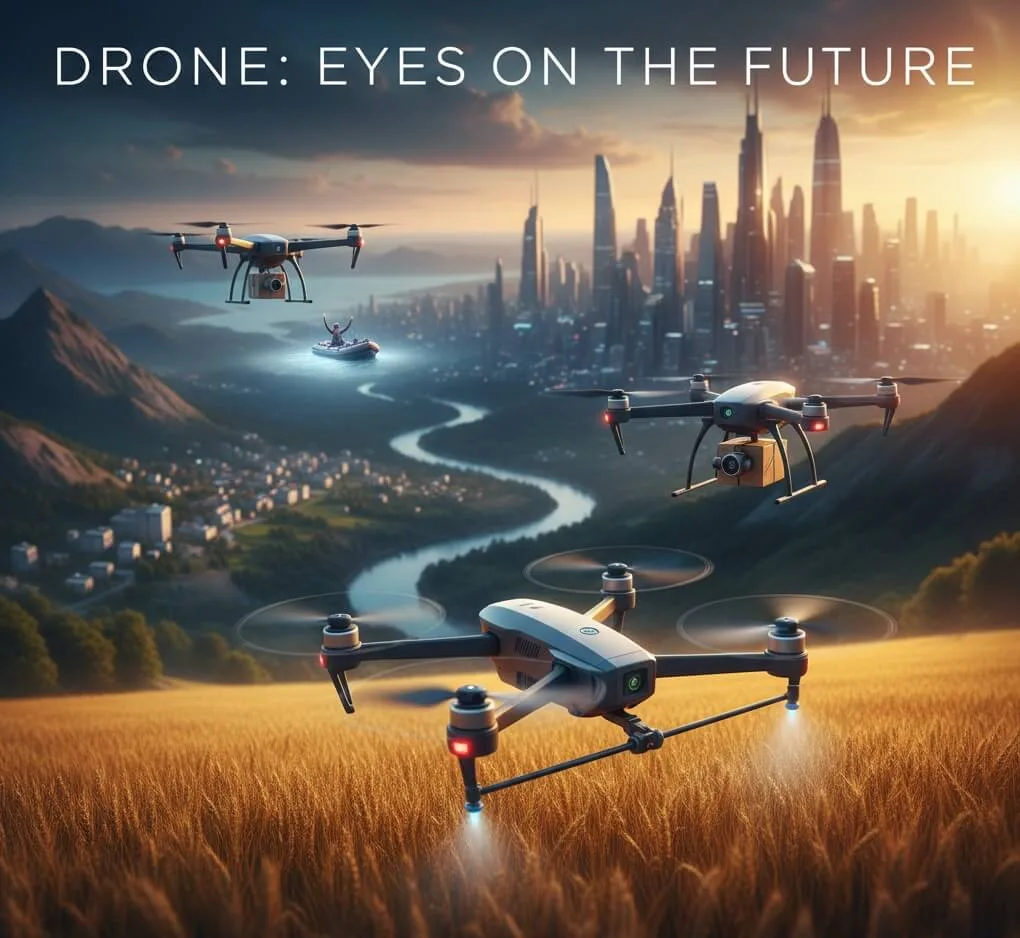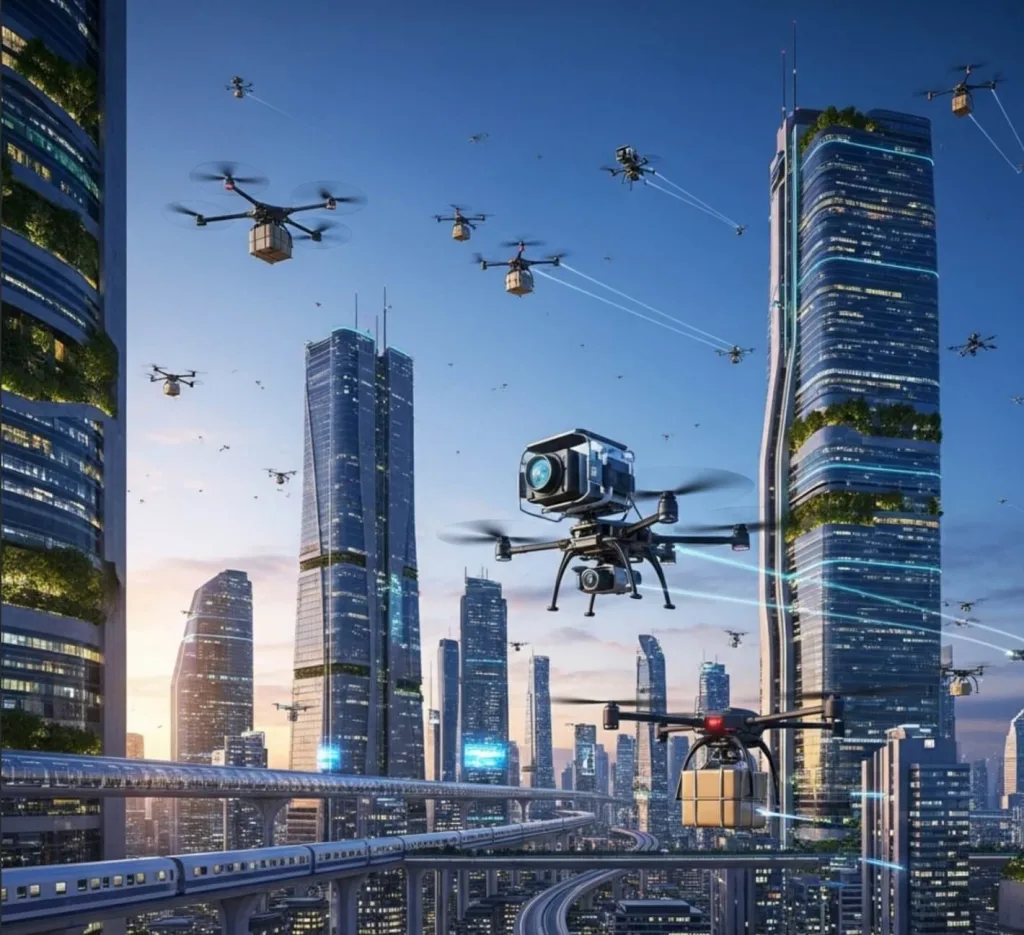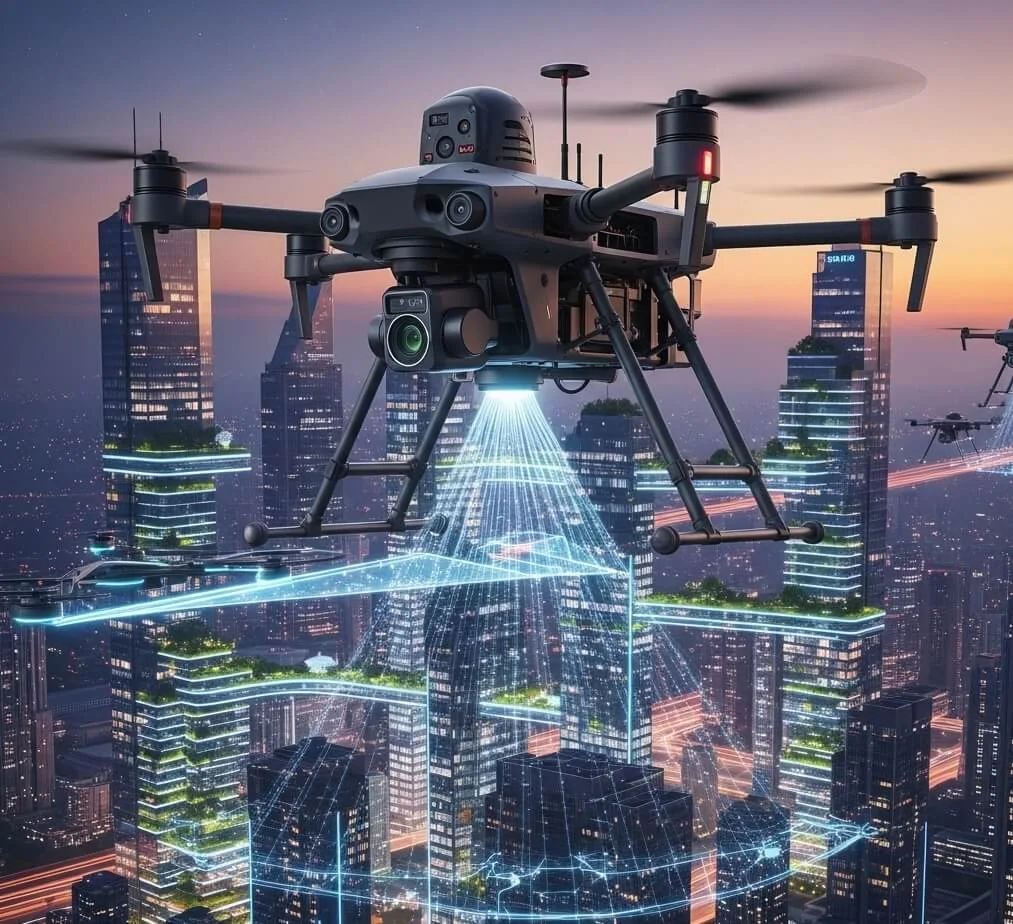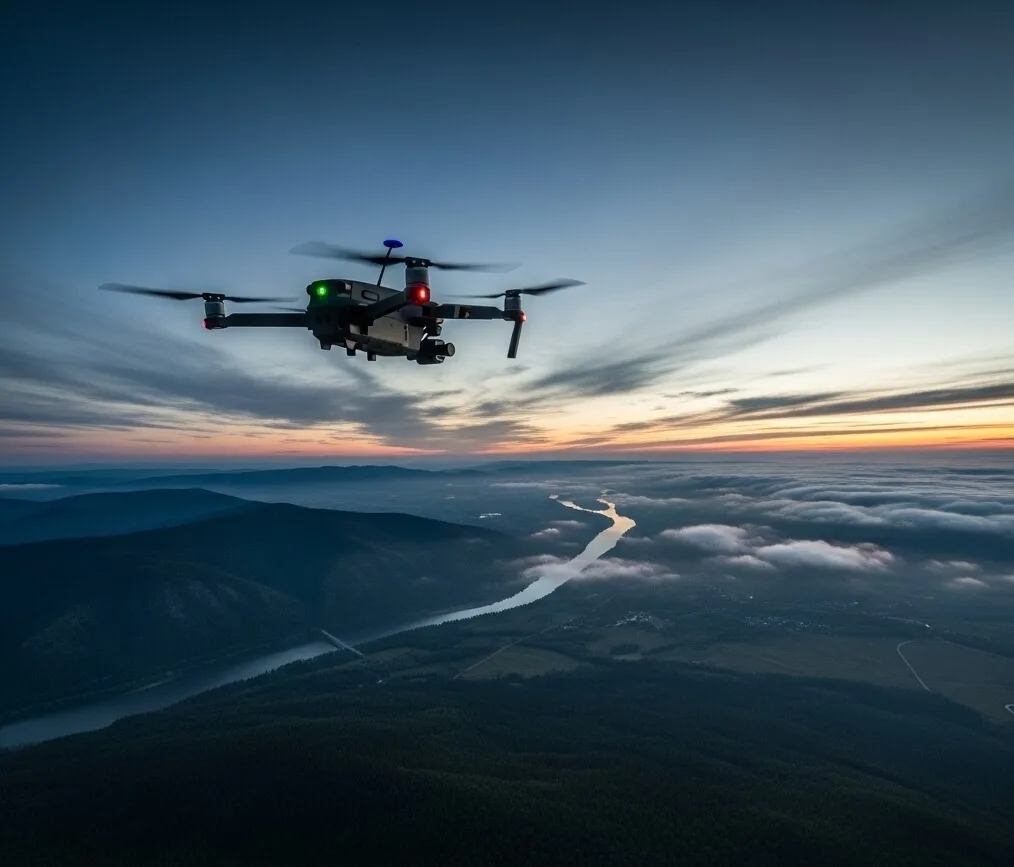Once a concept confined to science fiction films, drones have become an integral part of our lives. From breathtaking aerial photography and efficient delivery services to precise crop monitoring, these small flying machines are changing our world at an incredible pace.
How Drones Work
Many people are curious about how drones fly. In simple terms, most drones rely on rotors (propellers) to generate lift. By precisely controlling the speed of each rotor, a drone can achieve vertical takeoff and landing, hover in place, move forward and backward, and perform various complex flight maneuvers.
Drones are equipped with a variety of high-tech components. At its core is the flight control system, the "brain" of the drone that processes all flight commands. It is connected to a GPS module, which allows the drone to know its exact location, and an Inertial Measurement Unit (IMU), including gyroscopes and accelerometers, to sense changes in its orientation and ensure stable flight. Additionally, many modern drones are equipped with obstacle avoidance sensors that automatically detect and navigate around barriers, significantly enhancing flight safety.
Applications Across Various Fields
Drones have gone far beyond being just "toys," and their range of applications is astonishing:
Photography and Videography: This is the most well-known use of drones. From majestic natural landscapes to city skylines, drones can capture unique perspectives that traditional equipment cannot, offering us a fresh visual experience. For example, the DJI Mavic 3's extended flight time (about 46 minutes) and high-definition camera give photographers ample time and freedom to create epic aerial works.
Logistics and Delivery: In remote or hard-to-reach areas, drones can act as efficient couriers, quickly delivering packages, medical supplies, and even food, saving significant time and cost.
Agriculture: Drones play an increasingly vital role in agriculture. They can spray pesticides, monitor crop health, and assess field conditions, helping farmers achieve precise management and increase yields. DJI's agricultural drones, such as the T-series, can carry payloads of up to 50 liters and cover up to 2 hectares in a single operation, dramatically increasing agricultural efficiency.
Search and Rescue: In times of disaster, drones can quickly fly into dangerous areas to provide real-time imagery, helping rescue teams locate survivors and assess the situation, which dramatically improves rescue efficiency.
Choosing Your First Drone
If you're ready to join the world of drones, how should you choose one? For beginners, the first step is to clarify your purpose. If you mainly want to use it for travel photography, a lightweight, portable, and easy-to-operate drone is an excellent choice. For instance, the DJI Mini 3 Pro weighs less than 249 grams, doesn't require registration in many regions, and features 4K HDR video and tri-directional obstacle sensing, making it an ideal entry point for newcomers.
Most importantly, while enjoying the fun of flying, it's crucial to follow local regulations. Respect others' privacy and fly only in designated safe and legal airspace. This will ensure that drones truly become a valuable tool for exploring the world and capturing life's beautiful moments.

